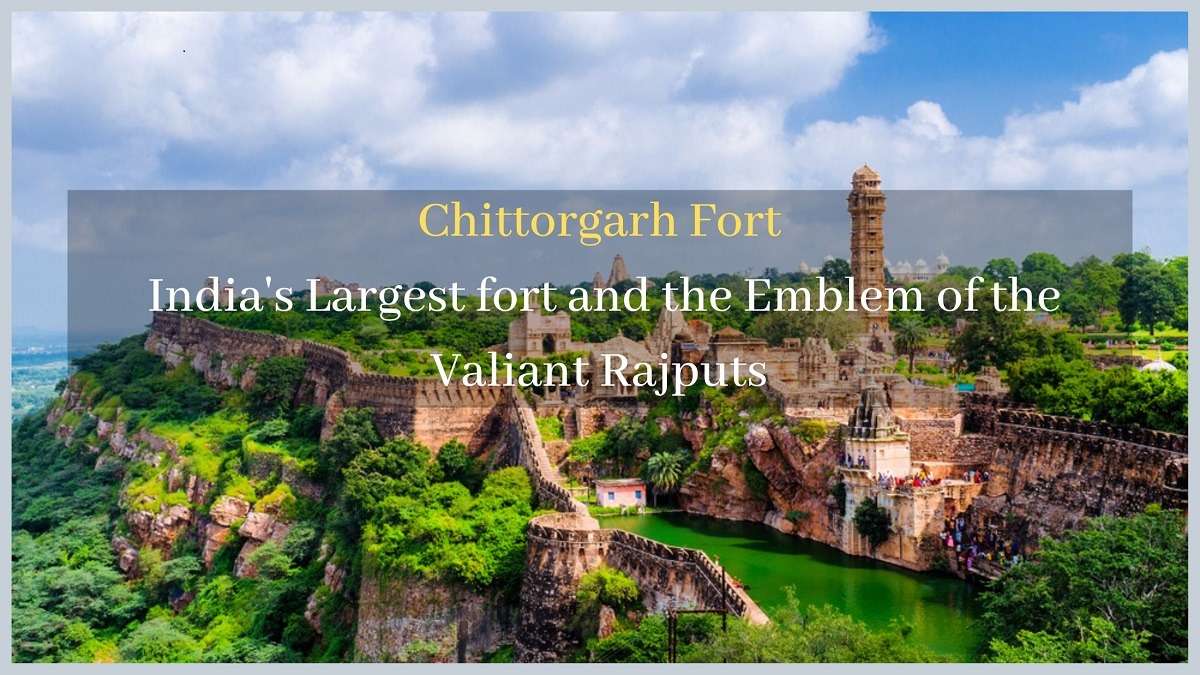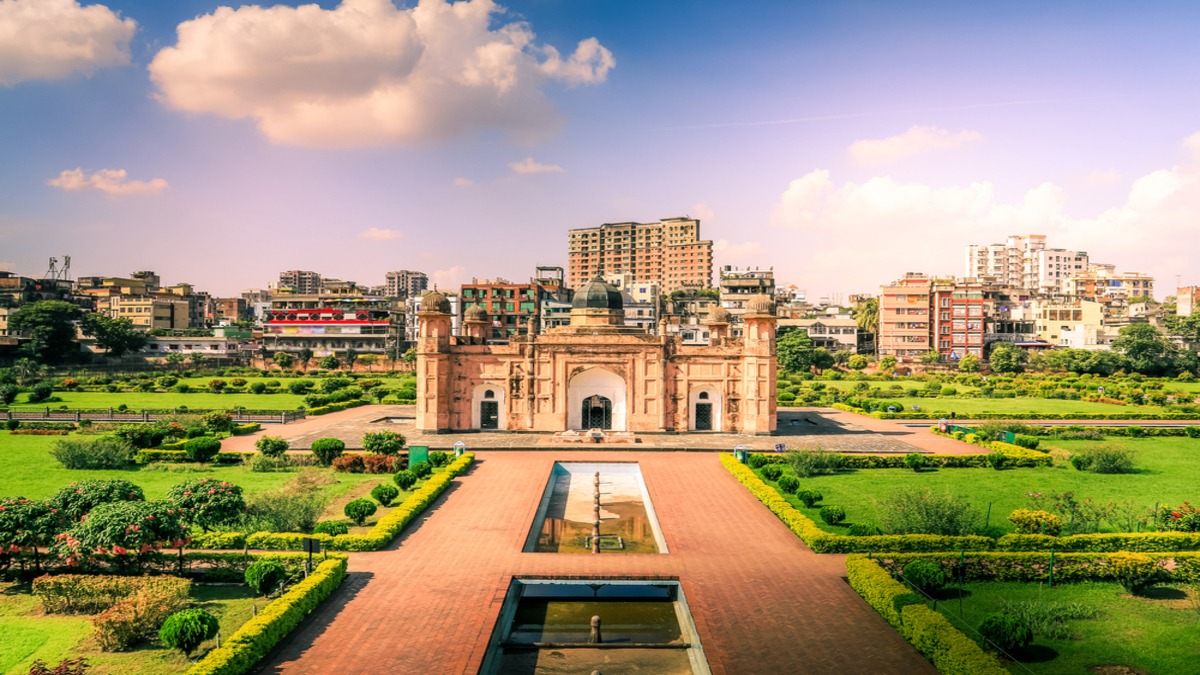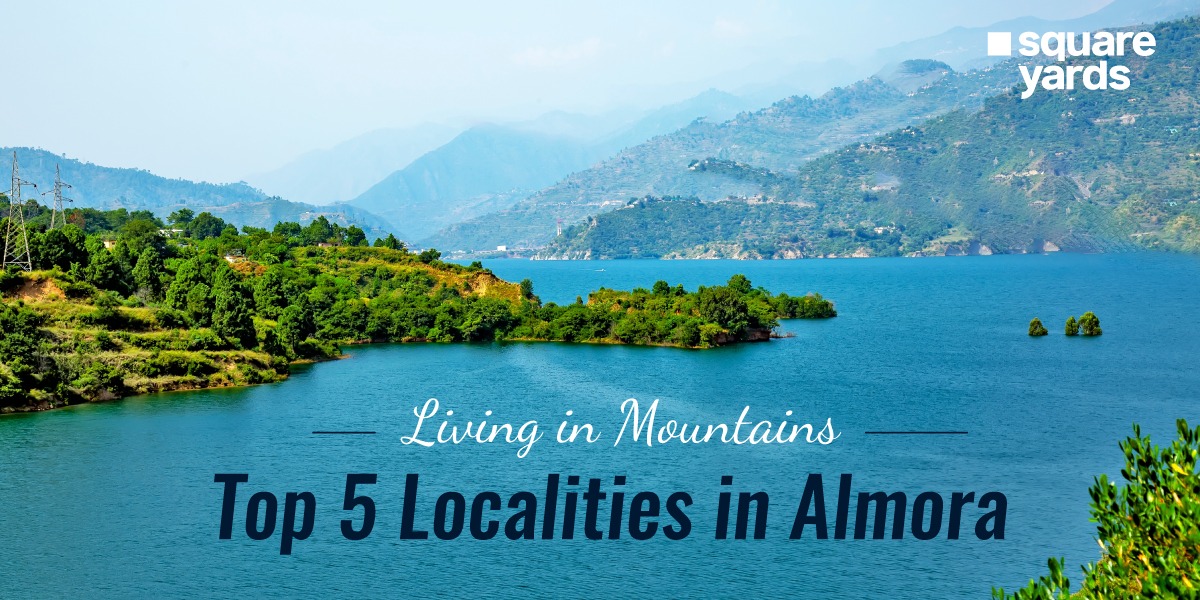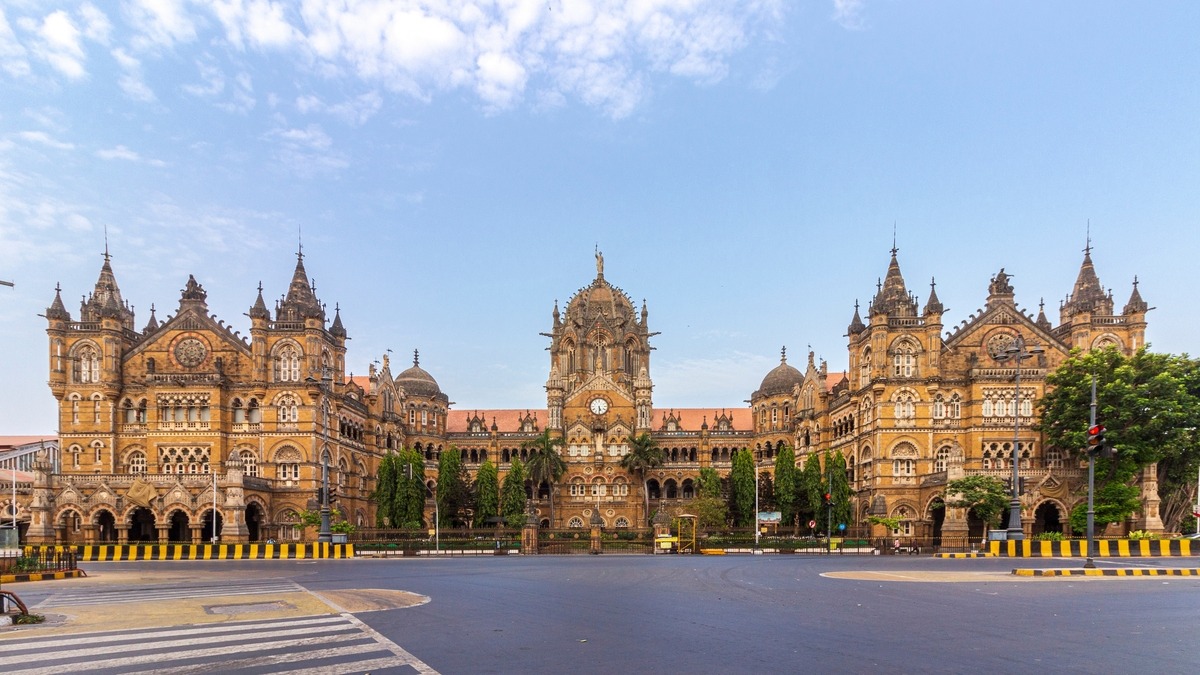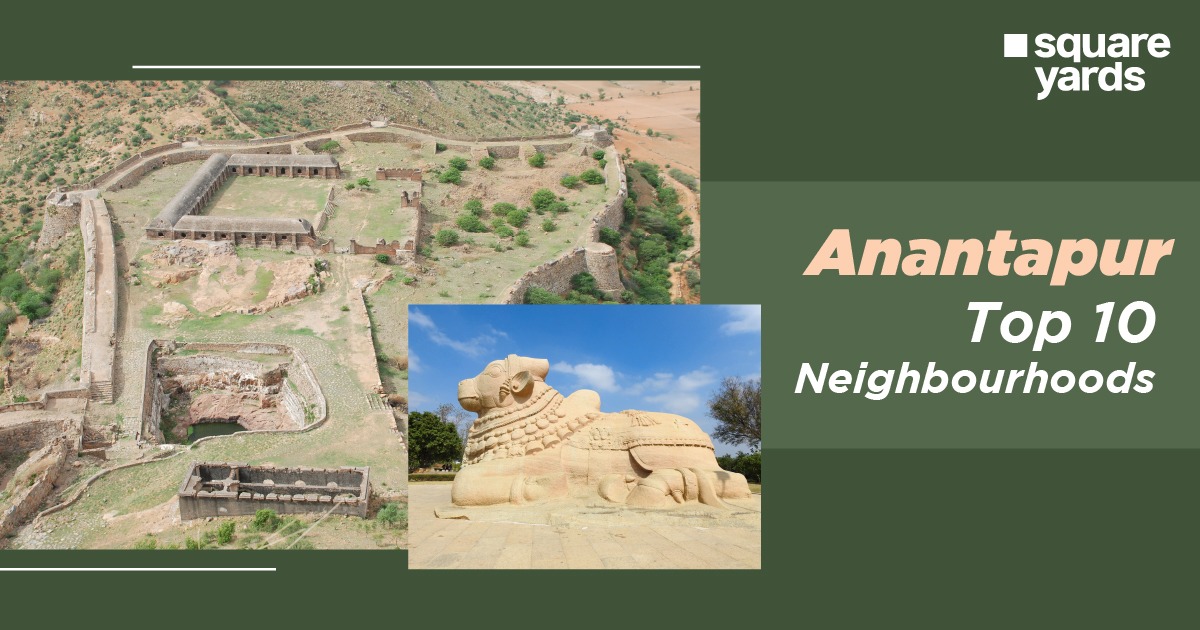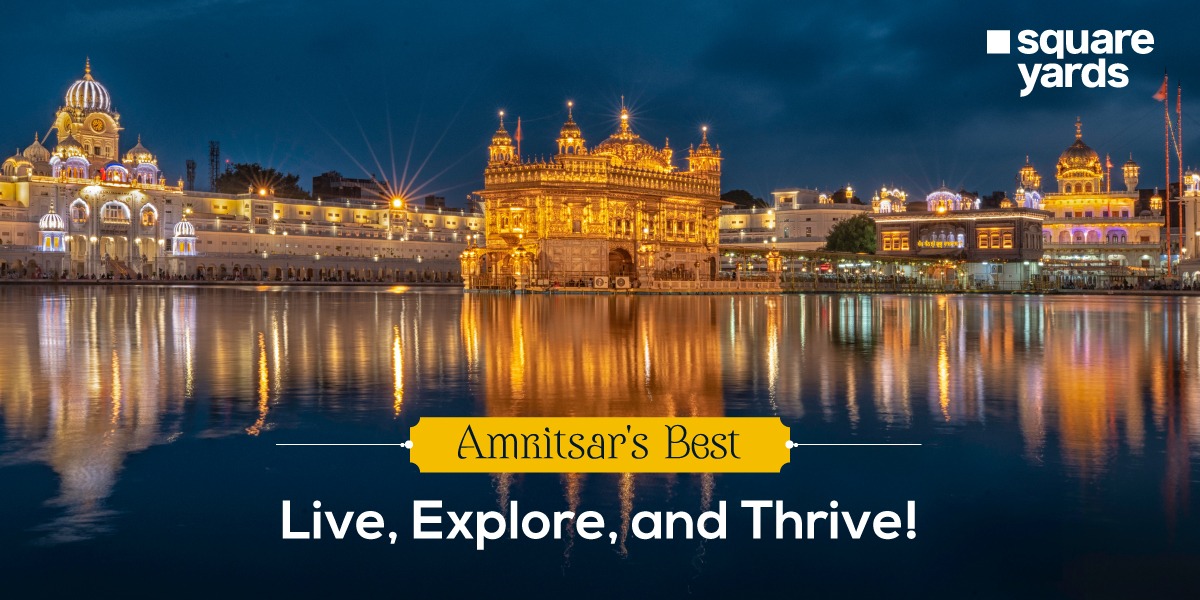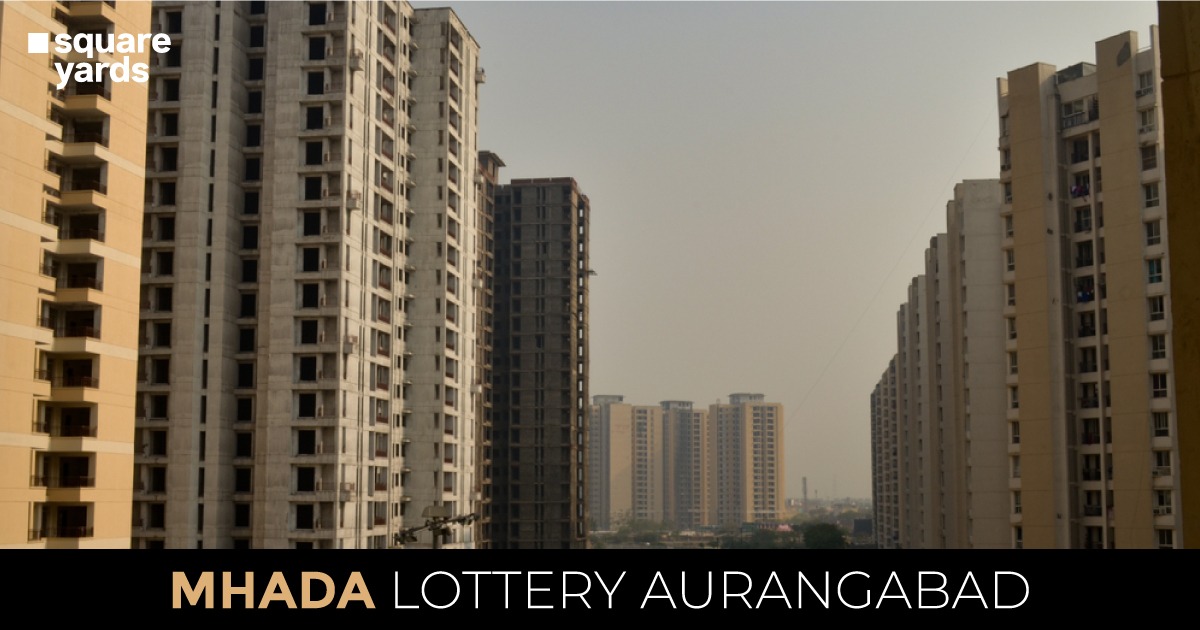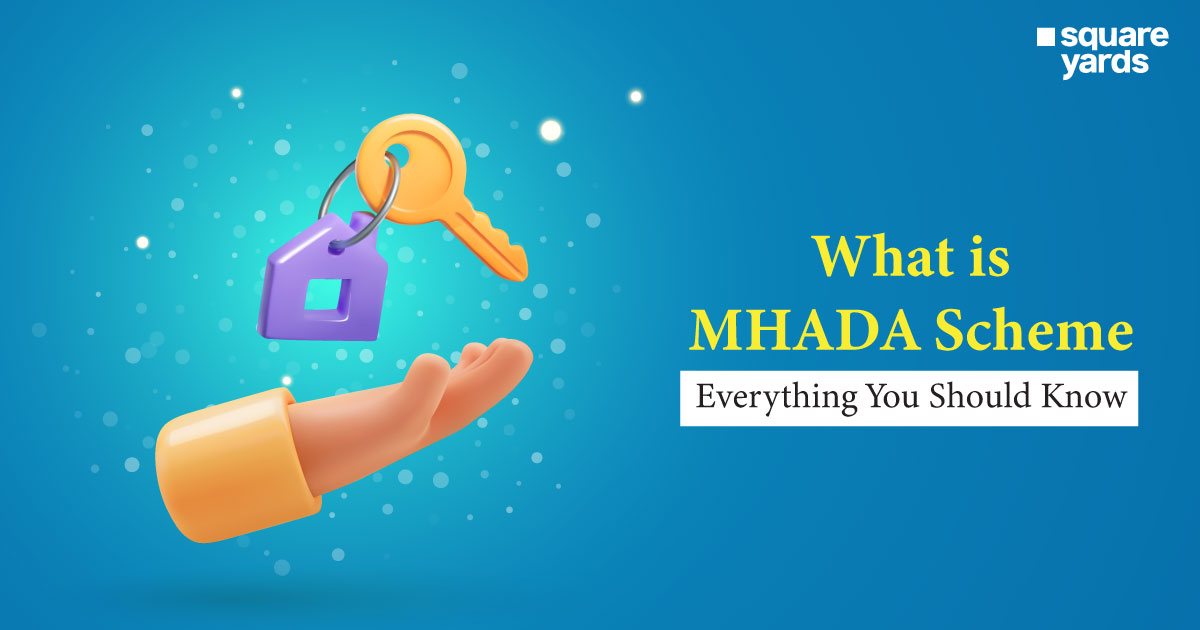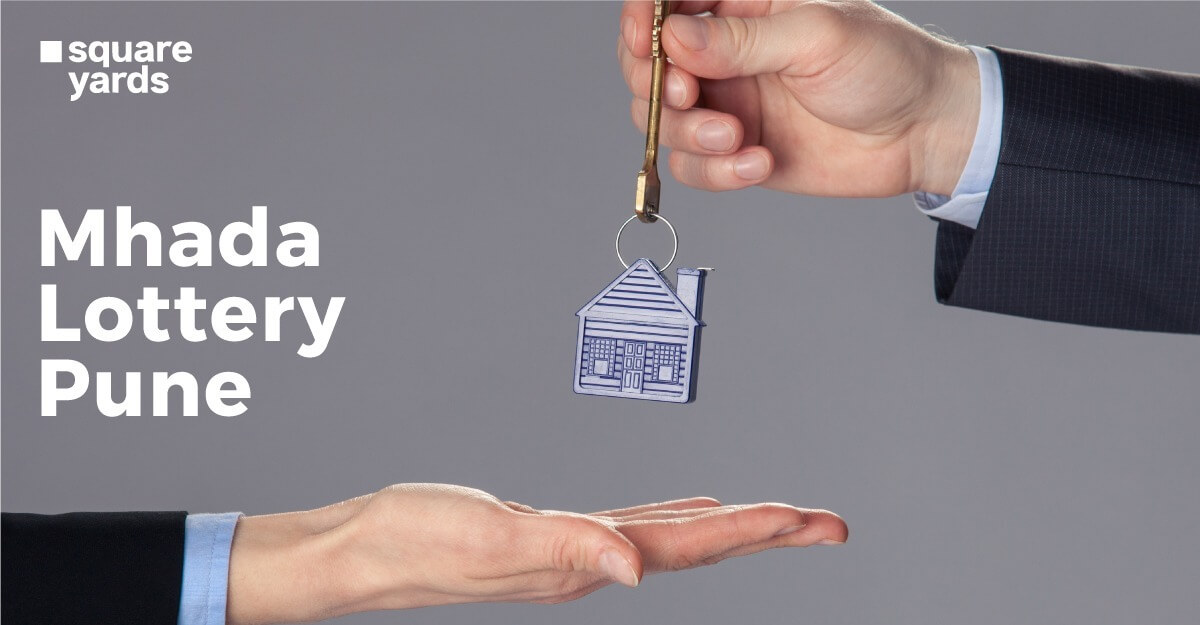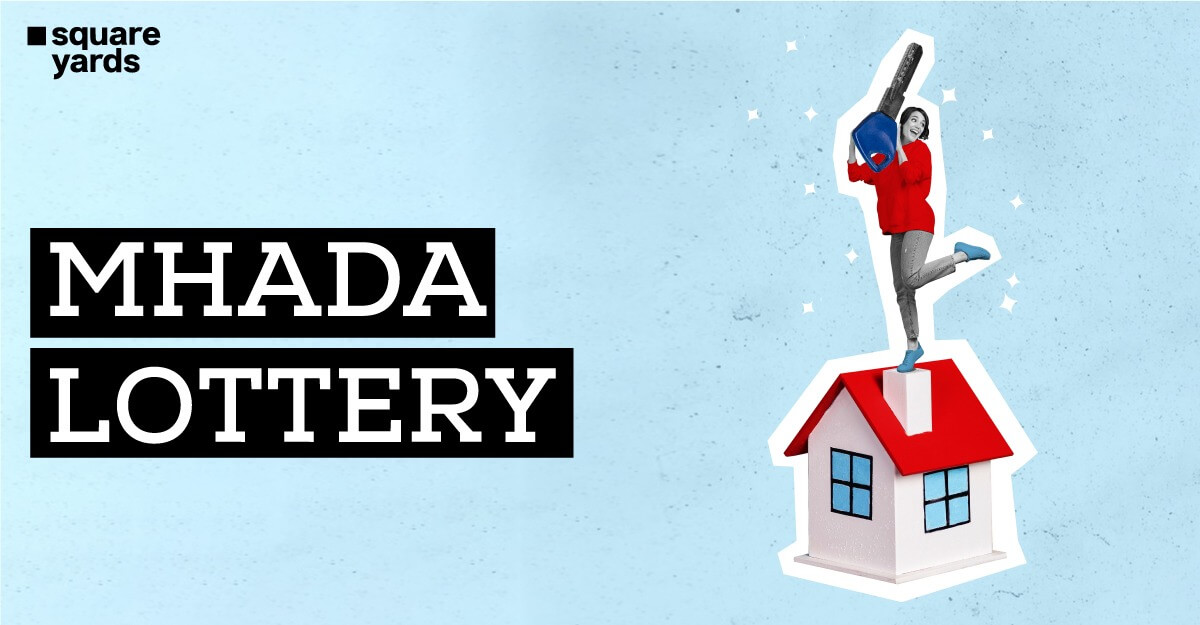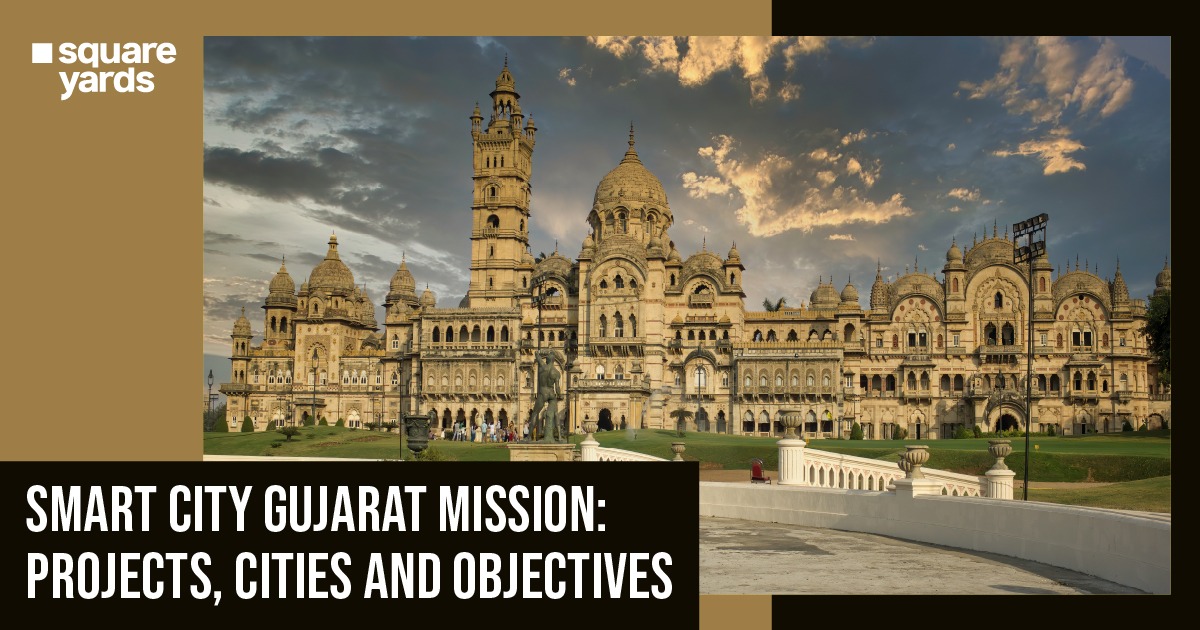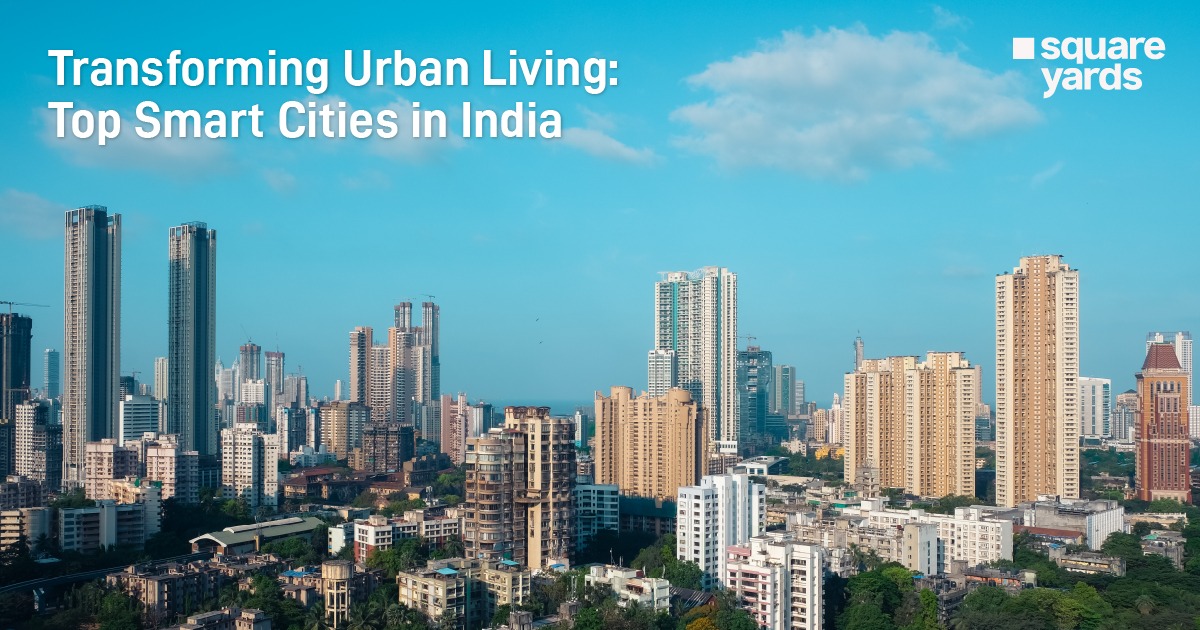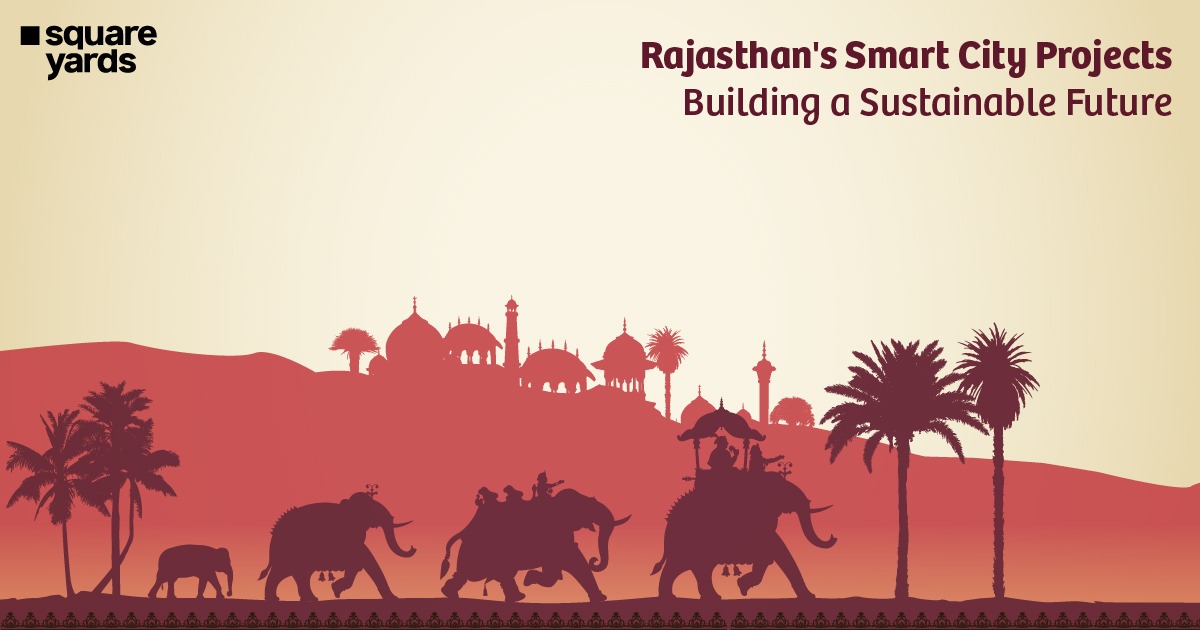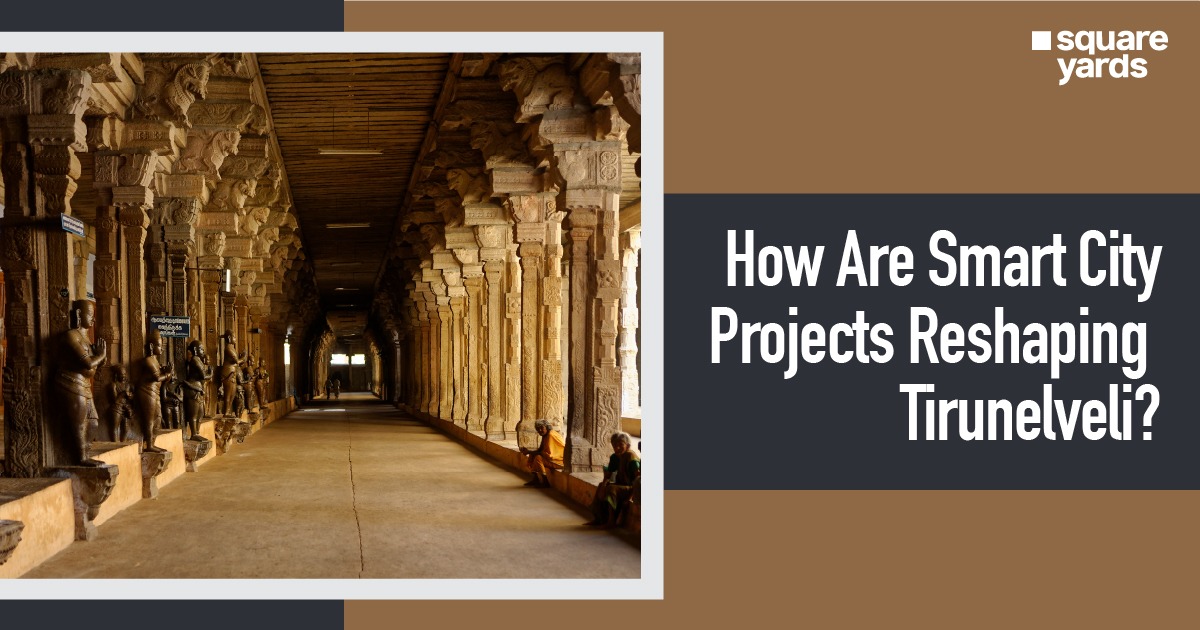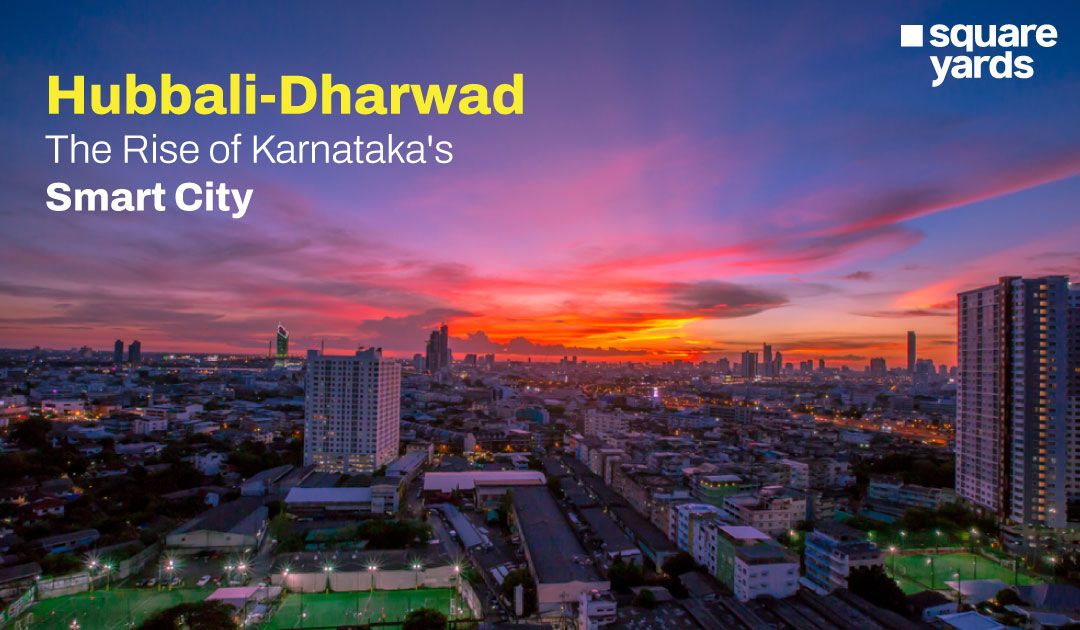The Chittorgarh Fort is a symbol of Rajput honour and chivalry. Popularly known as Chittod ka Killa, it was first built by the Mauryans. It later became the point of origin of the Mewar Dynasty. Declared a UNESCO World Heritage, the Chittorgarh Fort echoes with the glories and tragedies of the Rajputs. A towering citadel, it is the famous fort in which Rani Padmini, along with 1,600 women, performed the self-immolation rite of Jauhar to defend their honour and not submit to the ruthless king Alauddin Khilji.
In this article, let’s get to know the rich history of Chittorgarh Fort, its architectural prowess and how and when you can visit it.
Table of contents
- History of Chittorgarh Fort
- What’s inside Chittorgarh Fort Rajasthan?
- Facts About Chittorgarh Fort in Rajasthan (Chittorgarh Kila)
- Timings And Entry Fees for Chittorgarh Fort
- Ways To Reach Chittorgarh Fort Rajasthan
- What Are the Best Times to Visit Chittorgarh Fort?
- Travelling Tips for Chittorgarh Fort
- What All Can You Do in the Chittorgarh Fort?
- Attractions Near the Chittorgarh Fort
History of Chittorgarh Fort
The Chittorgarh Fort, India’s largest fort, was constructed by the Mauryan rulers, often mistaken as imperial rulers, in the 7th century. It is popularly known as Chittod ka Killa and is 590 ft in height. The building design of the fort covering an area of 692 acres is a perfect example of Rajput architecture. In 2013, the Chittorgarh Fort was announced as the ‘UNESCO’s World Heritage Site’.
The Chittorgarh Kila is the state’s pride as there are a lot of sacrifices attached to it. A 1-kilometre-long road has been created for the visitors to reach the Chittorgarh Fort, which is pretty steep. It is also called the ‘Water fort’ because of its feature of 84 water bodies, out of which only 22 are left at present. The two major beauties of this fort are the Vijay Stambh Tower and the Kirti Stambh Tower.
It is believed that the name “Chittorgarh” has been derived from Chitrangad Mori of the Mauryan dynasty, who laid its foundation in the 7th century. The fort is also known as the Water fort as it constitutes 84 water bodies. Legend has it that one of these reservoirs, Bhimlat Kund, emerged from the depths of the Earth when Bhima, one of the Pandavas, struck the ground with all its might. Apart from this, many small stupas from the 9th century were discovered around the lake of Jaimal Patta.
In the mid 8th century, Bappa Rawal possessed the fort, who later established the Mewar Dynasty. However, how he claimed it from the Mauryans is debatable still now. Rawal made the Chittorgarh Fort capital of his new kingdom that sprawled from Gujarat to Ajmer in 734.
After over 500 years, they faced an undefeatable attack by Allaudin Khilji and the fort was usurped in 1303. About 50 years later, the Mewars were successful in reclaiming it. But the dominant attacks of the Mughals persisted via gruelling attacks by Akbar and his army.
Chittorgarh Kila was captured twice between the 15th century and the 16th century. In 1303, Rana Ratan Singh was defeated by Allauddin Khilji. In 1535, Bikramjeet Singh was defeated by Bahadur Shah Zafar. Later, in 1567, Maharana Udai Singh II was defeated by Akbar.
The fort has witnessed significant tussles, bloodshed and shrieks throughout centuries that burnt to ashes in the collective immolation rites. However, it still stands tall and strong, signifying not only the honour and valour of the Rajputs but also of their queens and the common women who stubbornly rejected submission.
What’s inside Chittorgarh Fort Rajasthan?
The Chittorgarh Fort in Rajasthan has a lot of attractions to offer inside it:
Vijay Stambha (The Victory Tower)
Maharana Kumbha constructed this victory tower to signify his win over Mohammed Khilji. The tower consists of sculptures of all the Hindu deities. Visitors can take a tour on the terrace balconies of the fort, where you can witness the beautiful view of the entire town. You can also find pictures of the Jain Goddess, Padmavati, and the word ‘Allah’ carved nine times in Arabic on its walls.
Kirti Stambh (The Fame Tower)
To honour the Jains, this tower was constructed by the Jain merchant known as Jeeja Bhagerwala. The structure of this tower is dedicated to Adinath Ji (the first Jain Tirthankar) along with figures of Digambars.
Gaumukh Reservoir
The Gaumukh Reservoir holds a holy significance and is located on the west side. The Gaumukh Reservoir was made of a cow mouth structure filled with flowing water. If you are a devotee, visiting Gaumukh Reservoir will help you complete your holy journey.
Rana Kumbha Palace
The Rana Kumbha Palace is famous for its history and beaming architectural structure. This palace was named after the Sisodia Dynasty. You will be surprised to know that Rana Kumbha Palace is where Rani Padmini plunged herself into self-immolation. Also, this is the same palace that was considered the home of Meerbai, a poet.
Padmini Palace
This is the beautiful palace where Queen Padmini lived with Ratan Singh, the Rajput king. This is the same palace where Alauddin Khilji saw the queen for the first time and got obsessed with her. This eventually culminated in a fight between Khilji and Ratan Singh.
Meera Temple
This temple was built in the year 1449 by Maharana Kumbha and was devoted to Meera Bai. All the people who require peace and seek blessings from Lord Vishnu should visit the Meera temple in Chittorgarh Fort. The temple structure has an uncanny resemblance to that of the Indo-Aryan structure. You will also find five human structures outside the temple with only one head, representing secular harmony amongst people from diverse communities, cultures, and religions.
Kalika Mata Temple
The Kalika Mata temple was constructed in the fourteenth century and was dedicated to Goddess Kali. The temple showcases brilliant architecture and fascinating art of the time, standing proudly in its glory.
Facts About Chittorgarh Fort in Rajasthan (Chittorgarh Kila)
Here are some amazing facts about the Chittorgarh Fort or Chittorgarh Kila that you might be interested to know:
- The Chittorgarh Fort has been listed as a UNESCO World Heritage Site.
- There are a total of nine gates in the Chittorgarh Fort named Jodala Pol, Laxman Pol, Ganesh Pol, Ram Pol, Padan Pol, Hanuman Pol and Bhairon Pol. The structure of these gates has been done in such a way that during any invasion via any one pol, the sounds can be directly heard at the upper area of the Chittorgarh Fort to alert others.
- The fort consists of 2 different towers, Kirti Stambh (the fame tower) and Vijaya Stambh (the victory tower).
- At one point, 84 water bodies were found within the fort, but only 21 of them are left now due to environmental changes. Gaumukh Reservoir is one of the famous reservoirs known as the primary supply of water in the Chittorgarh Fort.
- One of the most attractive spots to visit in the Chittorgarh Killa is the Meera Bai temple, where individuals visit to pray in front of Lord Shiva and seek their blessings.
- You may also witness many other beautiful Jain and Hindu temples inside the fort. Apart from that, the architecture of the fort also has multiple architectural influences from these religions.
- The Rana Kumbha Palace is famous for its history and beaming architectural structure. This palace was named after the Sisodia Dynasty. You will be surprised to know that Rana Kumbha Palace was where Rani Padmini plunged herself into the fire.
- The Rana Kumbha Palace is where Queen Padmini used to live with Ratan Singh, the Rajput king. This is also the same palace where Alauddin Khilji saw the queen for the first time and got obsessed with her, which eventually led to a fight between Khilji and Ratan Singh.
- To honour the Jains, this tower was constructed by the Jain merchant known as Jeeja Bhagerwala.
- The fort is a great representation of the glorious tales of the Mauryan and Mewar dynasties, including their cities, culture, values, and heroism.
- The Chittorgarh Fort is also known as Chittod ka Killa in the local language. It is 590 ft in height and is made on 692 acres. The building design of the fort is a perfect example of Rajput architecture.
Timings And Entry Fees for Chittorgarh Fort
Given below are the detailed information on Chittorgarh Fort timings, entry fees, etc.
- Chittorgarh Fort is Famous For: Religion, History, Photography and Architecture.
- Entry Fee for Chittorgarh Fort: INR 20 for Adults & INR 15 for Children.
- Visiting Time for Chittorgarh Fort: 9:30 am – 5:00 pm.
- Duration of Travelling: 3 – 4 hours.
Ways To Reach Chittorgarh Fort Rajasthan
There are different ways to reach the Chittorgarh Fort in Rajasthan, including:
Travel By Plane
Travelling by plane to Chittorgarh Fort in Rajasthan is very less time-consuming. You need to get out at Dabok Airport and then hire a cab to reach Chittorgarh Fort. Dabok Airport is 90 kilometres away from the fort.
Travel By Train
If you want to travel by train, there are various stations you can book your ticket from, including Kota, Ajmer, Delhi, Udaipur, and Jaipur. Opt for the Palace on Wheels or the Royal Rajasthan on Wheels for a luxurious train journey to reach Chittorgarh. Once there, you can take an autorickshaw to the fort. This will be cheaper than a taxi ride from the airport as you will only be charged around Rs. 200 as compared to Rs 3,500 for a whole day taxi trip to the fort.
Travel By Road
Individuals who like long drives can travel by car or bus. The routes to travel are:
- Jaipur: Drive through NH48 to reach the fort in about 5 hours 41 minutes. The total driving distance is 314.2 Kilometres.
- Ajmer: From Ajmer, too, you can take the NH48 highway. The route from Ajmer to Chittorgarh Fort is shorter (202 Kilometres) than from Jaipur and takes about 3 hours 45 minutes.
- Indor: The distance between Indor in Rajasthan and Chittorgarh Fort is about 522 kilometres. It takes almost 10 hours by car to reach the fort from this destination.
- Delhi: With an approximate distance of 538 Kilometres, it takes almost the same time as from Indor to reach Chittorgarh Fort from Delhi.
What Are the Best Times to Visit Chittorgarh Fort?
Rajasthan is considered a hot place to visit as it is surrounded by desert. Therefore, the best time to visit Chittorgarh Fort is between November and February. The weather is pleasant during these seasons.
Travelling Tips for Chittorgarh Fort
When you are travelling to Chittorgarh Fort, you are required to keep the following tips in mind:
- Keep your belongings safe with yourself as there are probable chances for you to find monkeys.
- Wear shoes that help you walk comfortably as it is a huge fort, and you may have to walk quite a bit to explore the site completely.
What All Can You Do in the Chittorgarh Fort?
There are a lot of things for you to cover. These are as follows:
- Walk around and witness the massive architecture of the Chittorgarh Fort.
- Take a tour through every corner of the fort and experience the glorious life lived by the Mauryas and the Rajputs.
- Visit the temples within the fort to pray and seek blessings.
- Witness the Palace of Rani Padmini and its history.
- Click photos and make videos of this prestigious world heritage site.
Attractions Near the Chittorgarh Fort
The other attractions that you can visit around the Chittorgarh Fort are:
- Market of Rana Sanga
- The Historical Museum of the Chittorgarh Fort.
- Restaurants Near the Chittorgarh Fort
- The restaurants that are near Chittorgarh Fort are:
- Hotel R R
- Manohar Dining Hall
- Hotel Right Choice
- Ritu Raj Vatika
- Chokhi Dhani Garden Family Restaurant
- Gangaur Restaurant
- Nakoda Restaurant
FAQ’s About Chittorgarh Fort
Who built the Chittorgarh Fort?
The Chittorgarh Fort was built by Maharana Kumbha.
Where is Chittorgarh Fort?
The Chittorgarh Fort is located on Chittor fort Road, Rajasthan.
Is Chittorgarh Fort haunted?
No, Chittorgarh Fort is not a haunted place.
How to reach Chittorgarh Fort from Udaipur?
The most convenient way to reach the Chittorgarh Fort from Udaipur is by taxi.
When was the Chittorgarh Fort built?
The Chittorgarh Fort was built in the 7th century.
How far is Chittorgarh Fort from Udaipur?
If you travel by taxi, the Chittorgarh Fort from Udaipur is just 2 hours 3 mins away.
How to reach Chittorgarh Fort?
You can reach Chittorgarh Fort via train, flight or cab.
Is Chittorgarh Fort worth visiting?
Yes, if you are someone who likes to discover the rich history of the Rajputs and witness one of India’s greatest heritage sights, then Chittorgarh Fort is a must-visit.


